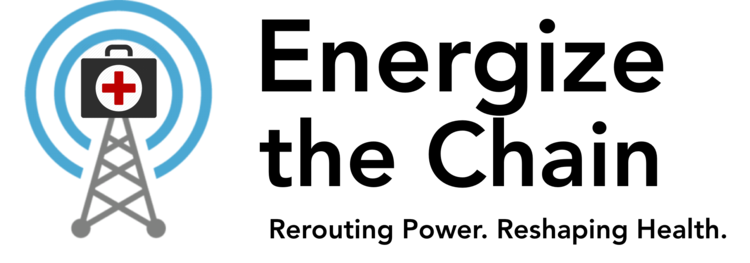The following post appeared on the OECD Insights blog on June 22, 2010 article. The OECD Insights series explains the important issues facing society in a way that is clear and comprehensible. The Insights blog gives you a first look, and more importantly a voice, in shaping those explanations.
According to the World Health Organization, 3 million people die each year from diseases spread by unclean water. These deaths are a direct result of the current water crisis in developing countries where more than 1 billion people have inadequate access to clean water and 2.6 billion people lack access to adequate sanitation. Together, unclean water and poor sanitation are the world’s second biggest killer of children.
Additionally, at least 2 million people die each year from vaccine preventable diseases. These deaths are not because there is a lack of vaccines and medications in the world, but because there is an inadequate cold chain — reliable refrigeration and storage units from the point of delivery of the vaccine or medicine in the country to the point of delivery to the patient in rural areas in developing countries. Maintaining the cold chain is an almost overwhelming challenge in countries where resources are scarce. The cold chain becomes increasingly unreliable as the distance between primary health centers and sub-health centers increases because of the lack of reliable power sources in the rural areas of developing countries. This is where the cell phones come in.
A recent New York Times article, “Toilets and Cell phones,” informed the public that there are now more cell phones in India than toilets. Cell phones are the fastest spreading technology in the world, and customers in developing countries account for two thirds of the universal mobile phones in use. Cell phones rely on cell towers, and each tower has its own supply of power. Our goal is to harness an adequate portion of this electrical energy to power refrigeration units and water filtration systems. This synergy clearly benefits the cell phone service provider as well as the local population—more healthy people, more cell phone users, more cell phone users, more healthy people. Couldn’t be a better arrangement.
This idea has received huge and enthusiastic support for its potentially transformative impact on world health and human security. By piggybacking access to viable vaccines, medications and clean water onto the fastest spreading industry in the world, we could solve a perplexing global health problem. According to the 2010 World Telecommunications/ICT Development Report, approximately 75% of the world’s rural inhabitants are covered by a mobile cellular signal, and it is estimated that close to 100% of the world will have mobile coverage by 2015. In order to have mobile coverage you must be within the range of a cell tower (a matter of miles, depending on the territory), which means that if we can utilize the power from the towers to sustain cold chains and water filtration units, by 2015 close to 100% of the world could have access to viable vaccines, medication and clean water.
So far, our first-round calculations behind this technology suggest that it is completely doable. Cell phone towers run on alternating current (AC) power, have a backup energy generator in case the primary electrical supply goes down, and most units already have AC power outlets built into them! Basic cold chain refrigeration units also run on AC power and consume approximately 200 Watts of power.
As we continue to expand on the research behind “Energy For Health”, we are exploring solutions to the following questions:
1) How does the cell tower distribution correspond with population distribution?
2) How will we monitor the security of the refrigeration and water filtration units?
3) What is a fair and equitable financial model for the installation and maintenance of the systems?
Excitement is growing in our team the University of Pennsylvania and with our partners as we continue to plan the pilot project of this technology and anticipate the enormous impact it will have on healthcare in developing countries. We welcome any ideas and suggestions.
